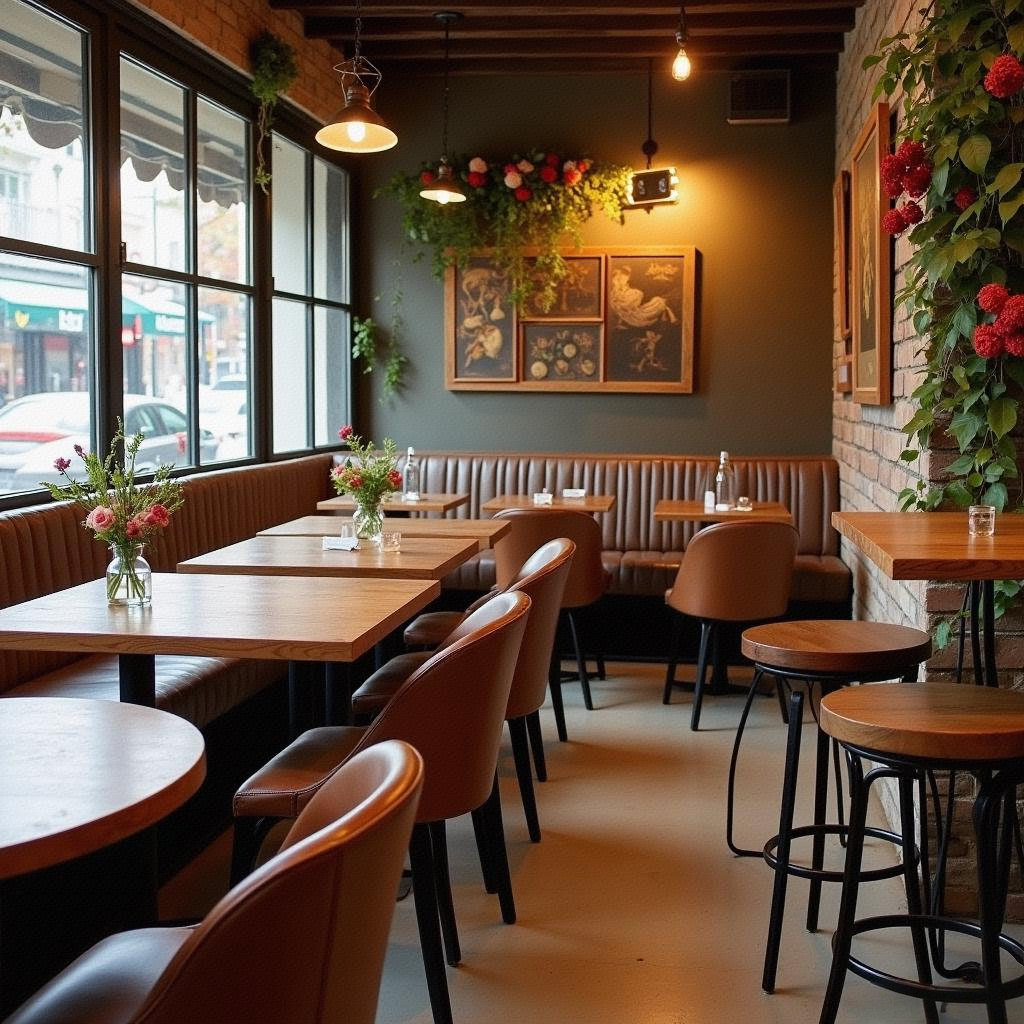Panel furniture verwijst naar versplinterde modulaire meubilair met houten panelen als basismateriaal en panel als basisstructuur. Gemiddelde artificiële boarden zijn houtpapier, blockbord, particulair board en MDF. Houtpapier (plywood) wordt vaak gebruikt voor meubilair dat verband en deformatie nodig heeft; de prestaties van blockbord kunnen soms worden beïndrukken door het core materiaal; particulair board (ook bekend als particle board, bagasse board) is lozerig en wordt alleen gebruikt voor lagere kwaliteit meubilair. De meest cost-effective en het meest commun gebrachte is medium dichtstof board (MDF). De meeste afziennde materialen voor panelmeubilair zijn dikkere hout (in het Engels commonmente bekend als veneer), houtgrain paper (in het Engels commonmente bekend als sticker), PVC rubber sheet en polyester paint surface (in het Engels commonmente bekend als bakingschilderij). Gemiddelde artificiële boarden zijn fragrant boards, houtpapier, blockbord, particulair board en MDF.

1. Voordelen van paneelmeubels Volledig effectieve benutting van hout, ontbinding en montage, gemakkelijke productiecyclus, stabiele vorm, stabiele vorm, en gemakkelijk te vervormen
2. Panel furniture disadvantages
(1) Niet milieuvriendelijk Om meer voordelen te behalen, produceren sommige handelaren inferieure materialen zoals partijenbord, en of de dekplaten allemaal in meubels zijn verpakt, is het gemakkelijk om formaldehyde te vrijgeven dat schadelijk is voor het menselijk lichaam, wat niet voldoende formal is voor het milieu.
(2) niet-natuurlijk De grootste verschil tussen de materialen die worden gebruikt voor panelvoorzieningen en de materialen van houten meubel ligt in de natürlichkeit van het materiaal. De meeste huidige panelvoorzieningen zijn van houtvensterontwerp, dat gedruppeld patroon heeft en het natürliche gevoel van natuurlijke materialen mist.
3. Reiniging en onderhoud van panelmeubilair
a. Laat het gladder. De vloer van het meubel musten even en de vier poten must平衡. Als het meubel na het placement in een staat is waarin het regelmatig schokt en instabil is, zal de houwen of de verbindende deling vallen en de banden zullen krasen. Dit zal de functionaliteit en de levensduur van het meubel beïnvloeden. Daarnaast, als de grond zacht is en het meubel ongebalanceerd is, niet de houten platen of ijzeren platen gebruiken om de voeten van het meubel te bedekken. Even als het balanceert, zal het moeilijk zijn om de kracht evenwichtig te verdelen. Als het langer kan duren, zal het de interne structuur van het meubel beschadigen. De enige manier om deze schade te compenseren is de vloer te schachten of het slightly te benutten. Op de zuidzijde ligt een grotere area hard rubber sheet om de voeten van het meubel gladder te maken.
b. Stof verwijderen Het is het beste om een katoenen haakdoek te gebruiken om stof van meubels te verwijderen, en daarna een zacht wolborstel om stof van ingepräkte of ingepräkte patronen te verwijderen. Geverfde meubels moeten niet worden gewist met benzine of organische oplosmiddelen. Ze kunnen worden gewist met kleurloze meubelglans om het glansniveau te verhogen en stof te verminderen.
c. Vermeeging van de zon. Het is beter niet direct in de zon te zitten op de plek van het meubel. Herhaalde zonexposities kunnen de verfboekingsfilm van het meubilair verblinden, de metalen delen worden gemakkelijk氧化 en beschadigd, en de hout wordt knapper. In de zomer is het beter om de zon met bladen te bedekken om het meubilair te beschermen.
d. Inwendige luchtvochtigheid Laat de inwendige luchtvochtigheid constante en laat het meubilair niet nadenken. In de lente en herfst should de hummedeur worden gebruikt om de tijd te beperken om de meubilair niet te beschadigen door overmatige luchtvochtigheid, zoals houtverrotting, roest van metalen en gemakkelijk open van adhesieve delen.
Meestal is het beter de meubelstof niet te wassen en te vermijden om alcalische water te gebruiken. Het moet alleen met een dampdoek met water gewischt en daarna met een klaardoek gestreken worden.

